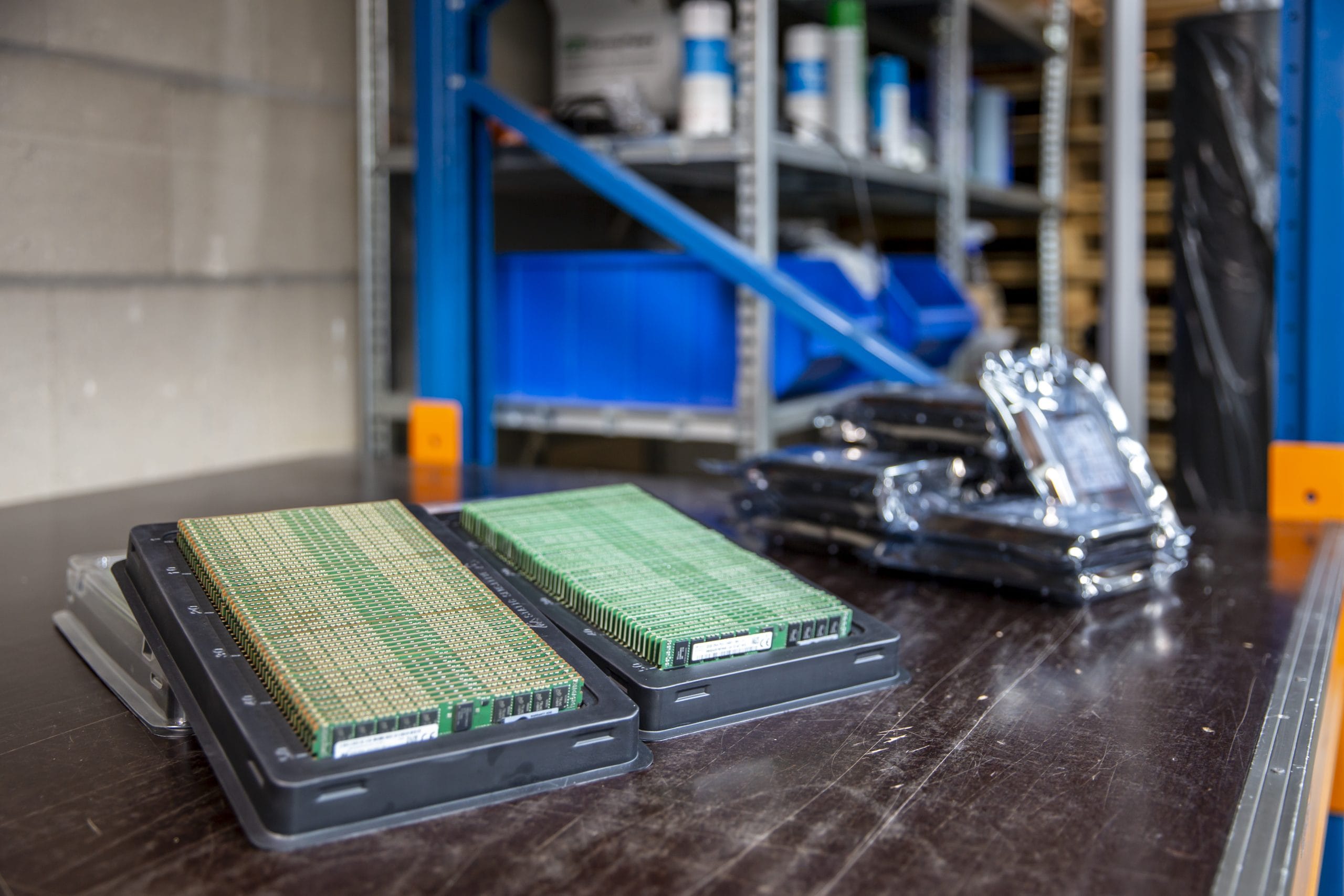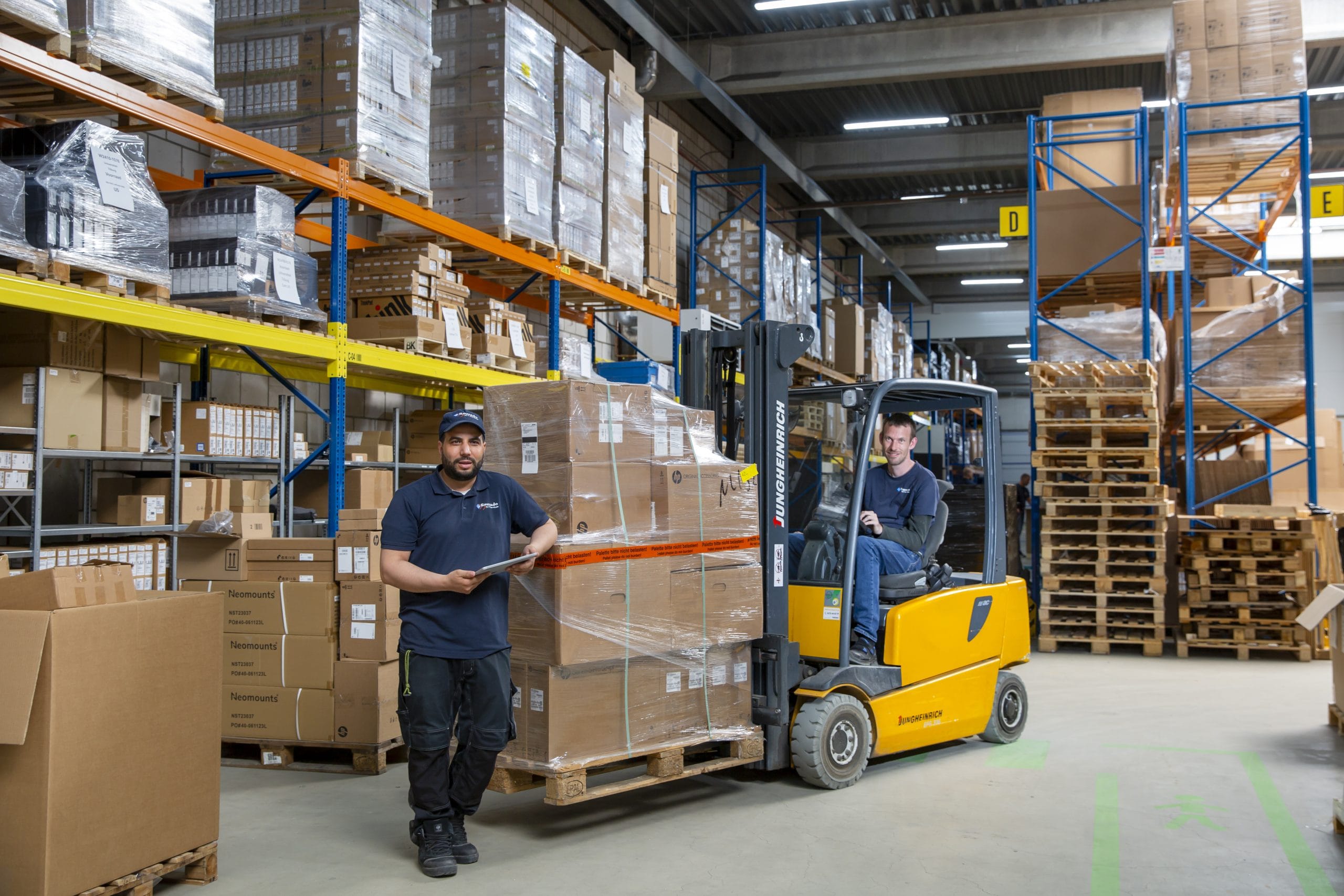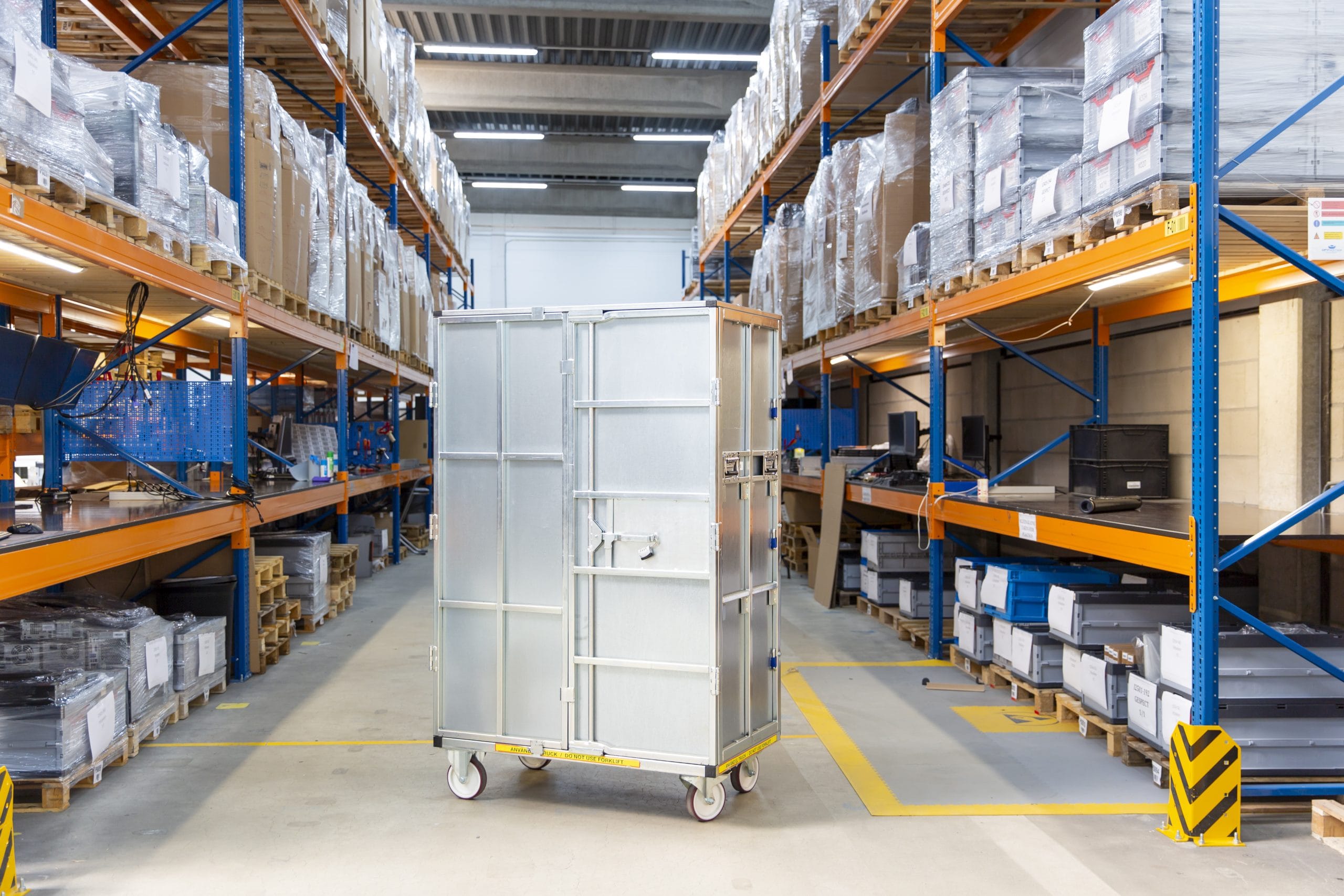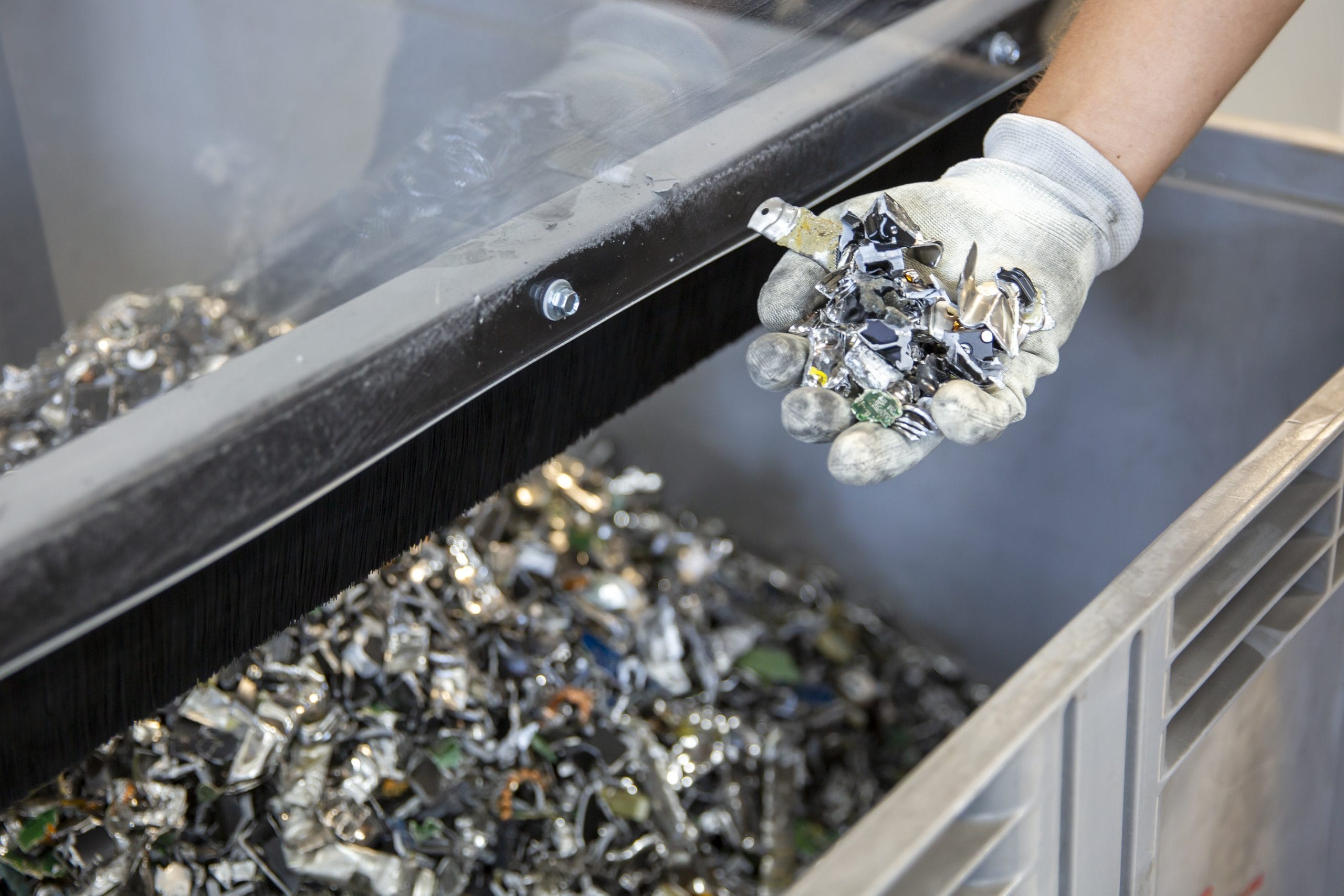Whether you want a few servers collected or an entire server farm dismantled, we provide a hassle-free, safe handling. Server recycling with us is not a standard job, but customised work. We look at your situation, visit you on site and take care of it from start to finish - including data destruction.

Server recycling: how does the server recycling process work?
Server recycling is not just about the hardware. The data on it is at least as important. That is why we always ensure secure data destruction, whether it involves hard disks, SSDs or other storage media. You always receive an official certificate of destruction afterwards.
1. Registration of hardware
You simply register your servers or other equipment via our form or by e-mail. We will briefly discuss your requirements and which form of data destruction you prefer.
2. Collection via secure transport
We schedule a suitable time to collect the hardware. Our transport is secure, so you can be sure that everything arrives safely.
3. Registration and identification
All devices are registered on arrival by serial number or asset tag. This allows us to later identify exactly which parts have been processed or destroyed.
4. Customised data destruction
Depending on your choice, the data is destroyed in the right way - either software-based with certified tools, or physically in a shredder. Both methods comply with the strictest standards.
5. Certificate and report
Upon completion, we will send you an official certificate of destruction. This also lists the serial numbers, giving you complete transparency.
Data security: this is how we handle your data
Servers often contain sensitive business information. That is why we take data security extremely seriously. With every job, you can choose certified data destruction - software-based or physical - depending on what you need. You will always receive an official certificate of destruction, ensuring compliance with laws and regulations such as the AVG.
Software-based data destruction with certificate
If servers still contain functioning storage media, software-based destruction is often the best solution. We use professional tools that comply with international standards for secure data deletion. You can count on all data being permanently deleted, with no data loss or risk of recovery.
We use Blancco software for this purpose - globally recognised and certified. Blancco is recommended by bodies such as NATO, TUV, ANSSI and the AIVD, among others. The software overwrites data in a way that complies with strictly certified standards (such as ISO 15408 and Common Criteria). Afterwards, you will receive a report and an official certificate, including serial numbers of the destroyed data carriers.
Physical destruction in the case of non-restorable carriers
Sometimes, software-based erasure is not possible - for example, with broken disks or specific technical limitations. In such cases, we provide physical destruction: the storage media are shredded in an industrial shredder. This method guarantees complete destruction of all data, even on older or damaged hardware.
Physical data destruction is available from us in-house, but can also be carried out on site - for example, if you do not want to hand over sensitive equipment.








Environmentally-friendly and safe processing
Wherever possible, we give servers a second life by overhauling them. This is better for the environment and avoids wasting raw materials. If this is no longer technically feasible, servers are recycled according to WEEELABEX guidelines. This means: usable parts go to reuse, harmful substances are disposed of safely, and sensitive data are guaranteed to be destroyed.
Frequently asked questions about server recycling
Why is server recycling so important?
Old servers are full of valuable resources like metals and components, but they also contain hazardous materials that must be handled with care. Simply throwing them away is not only harmful to the environment — it's also illegal. Server recycling supports the circular economy by recovering raw materials, reusing functional parts, and ensuring harmful substances are safely processed. It also protects your data security by properly handling old data carriers. In short: it’s the responsible way to give your old hardware a second life — without risking the environment or your data.
